Among the numerous exhibitions marking the 350th anniversary of Rembrandt’s death, this small show at the Dulwich Picture Gallery stands out. A select but high quality group of paintings and works on paper provides the focus for this study of Rembrandt’s use of light, which he deployed not only in virtuoso displays of imitative naturalism but, just like a film-maker, as a tool to establish mood, narrative sequence, and hierarchy.
Perhaps if Rembrandt were alive today he might have chosen film over paint. It’s not such a radical proposal, and follows on from Peter Greenaway’s 2010 film which presented Rembrandt’s masterpiece The Night Watch, 1642, as the first work of cinema.
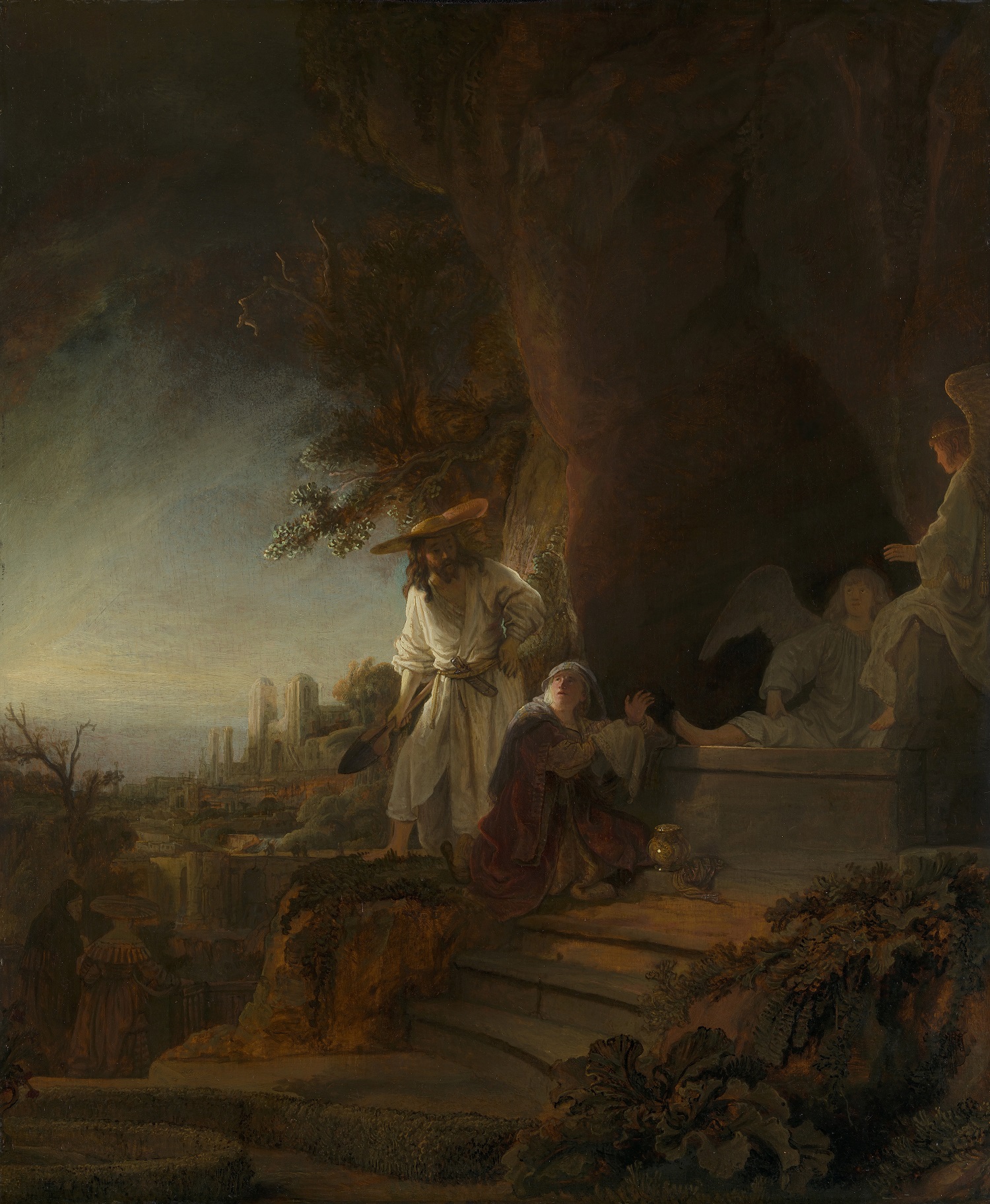 Certainly, Rembrandt had a film-maker’s feel for mise-en-scene. Sometimes he comes in close, cropping a scene to intensify its drama and draw us into the action (Main picture: The Denial of St Peter, 1660); sometimes he moves out, arousing our pity for the Woman Taken in Adultery, 1644, who is small and vulnerable against a massive architectural setting.
Certainly, Rembrandt had a film-maker’s feel for mise-en-scene. Sometimes he comes in close, cropping a scene to intensify its drama and draw us into the action (Main picture: The Denial of St Peter, 1660); sometimes he moves out, arousing our pity for the Woman Taken in Adultery, 1644, who is small and vulnerable against a massive architectural setting.
Apparently, he got his students to act out scenes before they began painting them. From this, they would have learned to direct and modulate light to make big gestures redundant, drawing the viewer’s eye to the tiniest gesture or most fleeting facial expression. Rembrandt’s own explorations in this vein are fascinating: the flash-of-light theatrics of his drawing The Pilgrims at Emmaus, c.1640-1, yield to a subtler treatment of the same subject eight years later, when Christ’s holy light gently illuminates the faces and hands of his two astonished disciples.
The point is made in picture captions that read like stage directions and galleries that serve as stage sets. Lit by cinematographer Peter Suschitzky, they evoke shifting moods and times of day in Rembrandt’s house on Sint-Anthonistbreestraat, bought for far too much money in 1639 and sold by the authorities in 1658 when he was declared bankrupt.
Here, large windows let in a cool, even light which he could direct and diffuse with fabric and shutters. His pupils were taught here, and Rembrandt, clearly a rather progressive teacher, set challenges for them in which they had to depict the effects of different light sources – firelight, candlelight, daylight, holy light.
In our electrified world, the shift from day to night seems rather less ineluctable, to which this exhibition offers something of a corrective. The transformative effects of light are impressively evident in the display of Christ and St Mary Magdalen at the Tomb, 1638 (Pictured above right). It’s a painting that has darkened over time, but expertly lit, it becomes jewel-like. The lesson is a valuable one, and is currently being put into practice at the Rijksmuseum, where analysis of the pigments present in The Night Watch will serve as a guide for the future lighting of the picture: a non-invasive and completely reversible approach to retrieving something of its 17th century condition.
- Rembrandt's Light at Dulwich Picture Gallery until 2 February 2020
- More visual arts reviews on theartsdesk

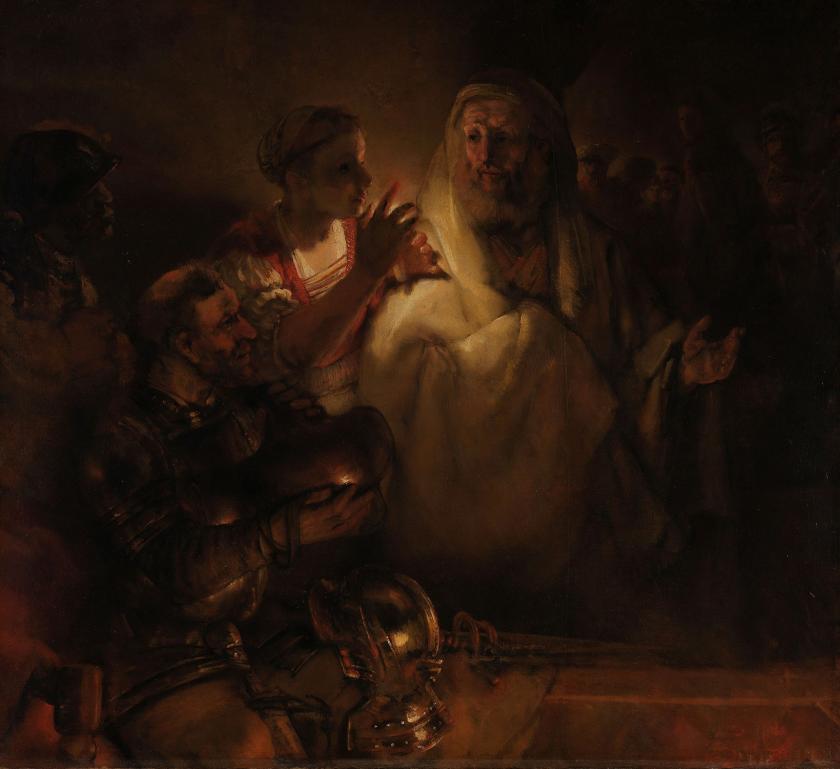

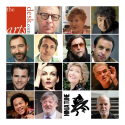

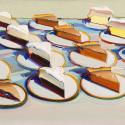


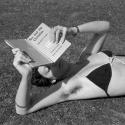
![SEX MONEY RACE RELIGION [2016] by Gilbert and George. Installation shot of Gilbert & George 21ST CENTURY PICTURES Hayward Gallery](/sites/default/files/styles/thumbnail_125_x_125_/public/mastimages/Gilbert%20%26%20George_%2021ST%20CENTURY%20PICTURES.%20SEX%20MONEY%20RACE%20RELIGION%20%5B2016%5D.%20Photo_%20Mark%20Blower.%20Courtesy%20of%20the%20Gilbert%20%26%20George%20and%20the%20Hayward%20Gallery._0.jpg?itok=3oW-Y84i)
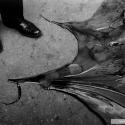
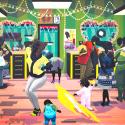
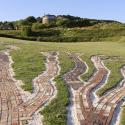
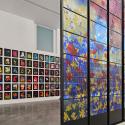
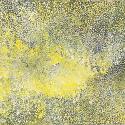
Add comment